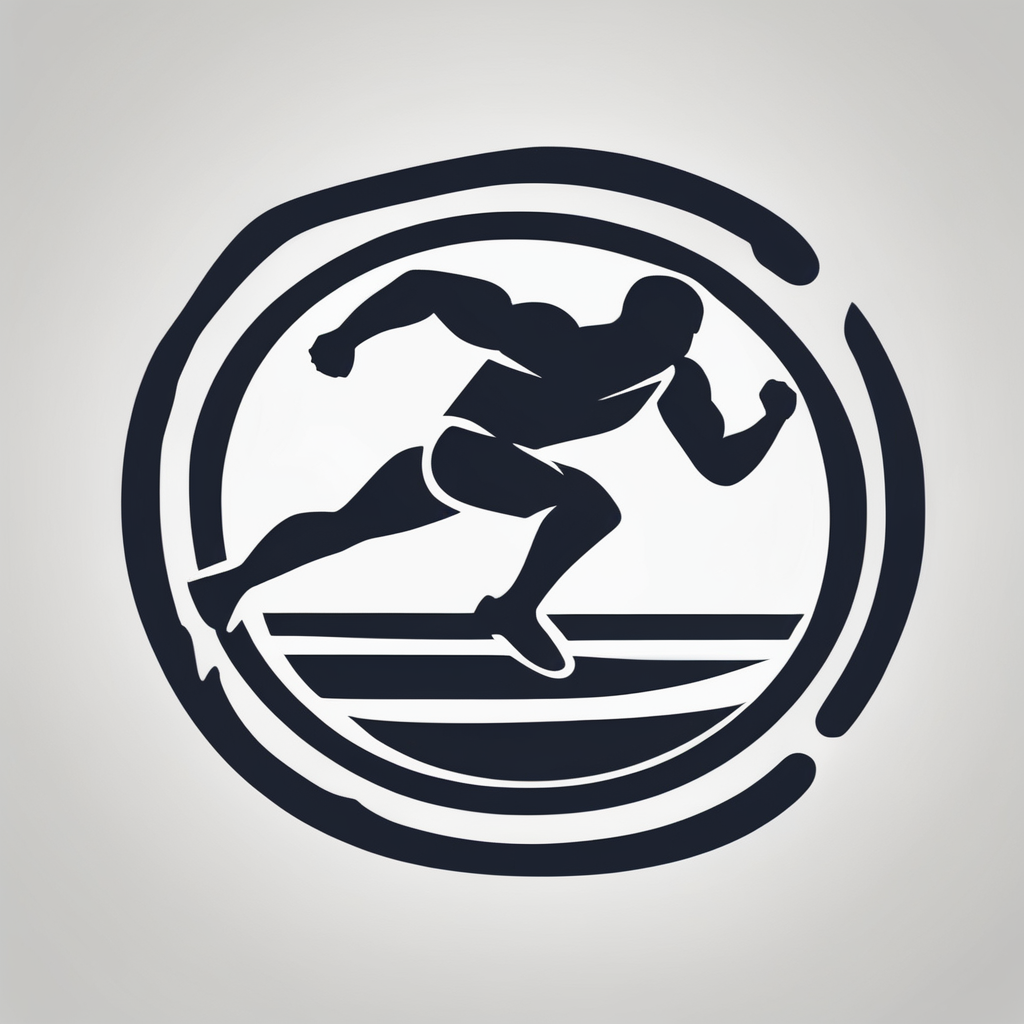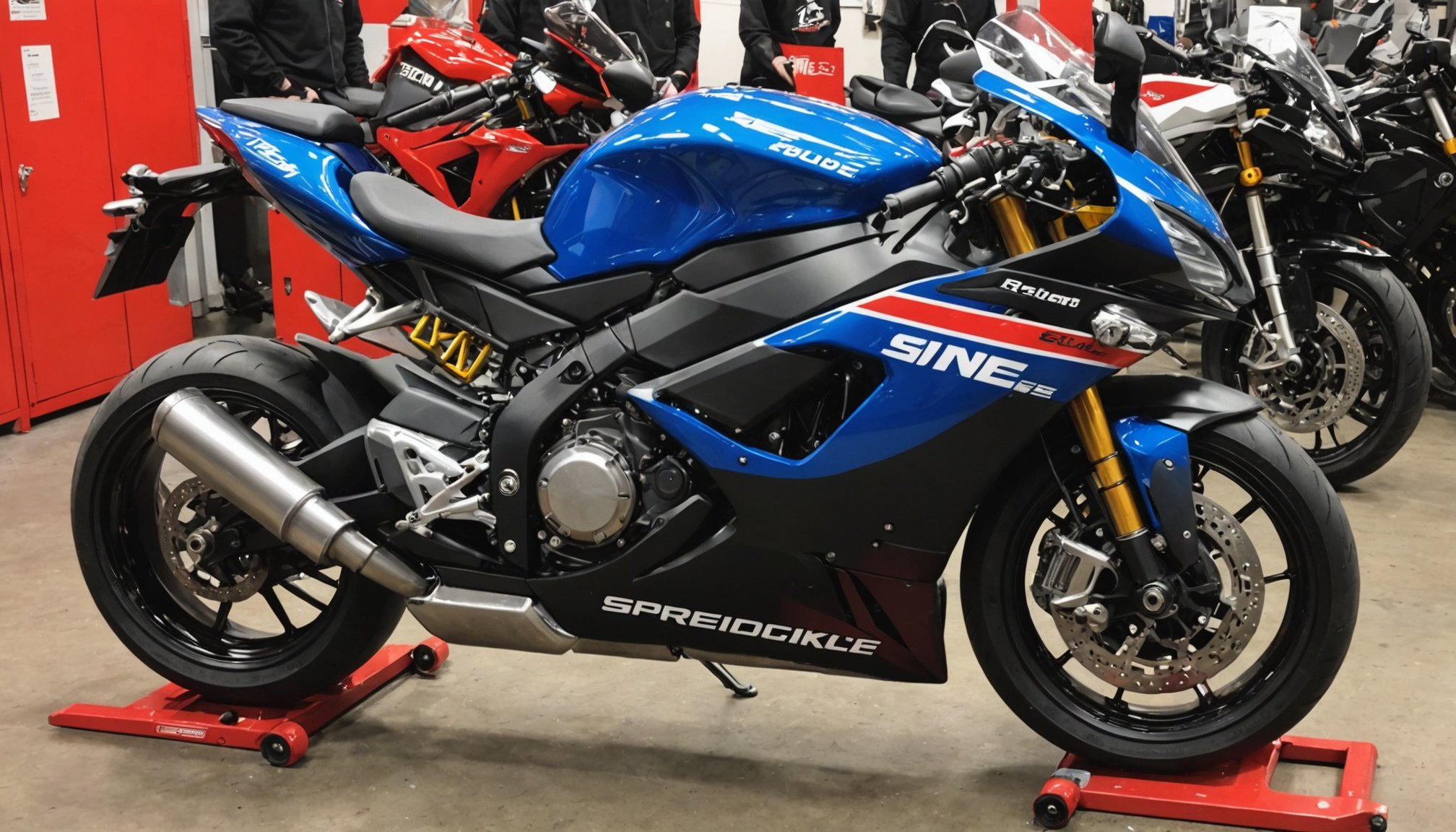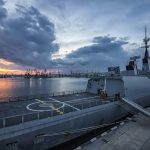Ultimate Guide to Seamless Quick-Release Fuel Tank Installation for Effortless Refueling in UK Sport Bike Racing
Understanding the Need for Quick-Release Fuel Tanks
When it comes to sport bike racing, every second counts. One of the critical aspects that can significantly impact your performance is the ease and speed of refueling. Traditional fuel tanks can be cumbersome, especially during pit stops where time is of the essence. This is where quick-release fuel tanks come into play, revolutionizing the way you refuel your bike.
In UK sport bike racing, the need for quick-release fuel tanks is more pronounced than ever. Here’s why:
Have you seen this : Unlocking tank grip techniques: elevate your sport bike handling skills in the uk
- Speed and Efficiency: Quick-release fuel tanks allow for rapid refueling, which is crucial in competitive racing. Every minute saved during a pit stop can make a significant difference in your overall race time.
- Safety: Traditional fuel tanks often require more time and effort to remove and replace, increasing the risk of spills and accidents. Quick-release systems minimize these risks, ensuring a safer environment for both the rider and the pit crew.
- Performance: Modern sport bikes, such as the Honda CBR1000RR-R or the KTM RC 8C, are engineered for peak performance. A quick-release fuel tank complements this performance by ensuring that refueling does not become a bottleneck.
Choosing the Right Quick-Release Fuel Tank System
Selecting the appropriate quick-release fuel tank system is essential for optimal performance and safety. Here are some key factors to consider:
Compatibility with Your Bike Model
Ensure the system is compatible with your bike model. For instance, if you own a Royal Enfield or a KTM Duke, you need to find a system specifically designed for these models.
This might interest you : Ultimate guide to enhancing high-speed handling: installing a steering dampener for thrilling uk track experiences
Material and Build Quality
The material and build quality of the fuel tank and its components are critical. Look for systems made from high-quality materials that can withstand the rigors of racing.
Ease of Installation
The installation process should be straightforward and not require significant modifications to your bike’s frame or engine. Here’s a step-by-step guide to help you through the process:
- Prepare Your Bike: Ensure your bike is on a level surface and the engine is cool.
- Remove the Old Tank: Disconnect the fuel lines and electrical connections before removing the old tank.
- Install the New Tank: Mount the new tank, ensuring all connections are secure.
- Test the System: Check for any leaks and ensure the quick-release mechanism is functioning correctly.
Additional Features
Consider additional features such as lockable mechanisms for security and ease of use. For example, the Push-Button Fuel Tank Console Door Release by Harley-Davidson offers a convenient and secure way to open the fuel tank console without a key[5].
Installation Tips and Tricks
Installing a quick-release fuel tank system requires careful planning and execution. Here are some essential tips to keep in mind:
Ensure Proper Fitment
Make sure the new fuel tank fits perfectly on your bike’s frame. Any misalignment can lead to issues with the quick-release mechanism and affect the overall performance of your bike.
Use High-Quality Gaskets and Seals
High-quality gaskets and seals are crucial for preventing leaks and ensuring the system functions smoothly. Always opt for OEM or high-quality aftermarket components.
Follow Manufacturer Instructions
Always follow the manufacturer’s instructions for installation. Here’s an example of how detailed these instructions can be:
- With the bike on a kickstand, remove the bolt from the front of the tank.
- Loosen (do not remove) the bolt(s) at the rear of the tank.
- Turn your handlebars all the way to the left and raise the tank up to your desired lift height to check for clearance issues.
- Repeat the process on the right side[1].
Essential Components of a Quick-Release Fuel Tank System
A quick-release fuel tank system consists of several key components that work together to provide seamless refueling. Here’s a breakdown of these components:
Quick-Release Mechanism
This is the heart of the system, allowing for rapid removal and replacement of the fuel tank. Look for mechanisms that are easy to operate and secure.
Fuel Tank
The fuel tank itself should be designed with racing in mind. It should be lightweight, yet durable, and have features such as improved air filters and better cooling systems to enhance engine performance.
Fuel Injection System
A modern fuel injection (EFI) system is essential for optimal engine performance. Ensure the quick-release fuel tank system is compatible with your bike’s EFI system.
Frame and Mounting Points
The frame and mounting points of your bike are critical for the installation of the quick-release fuel tank. Ensure these points are sturdy and can support the weight and stress of the new tank.
Comparing Different Quick-Release Fuel Tank Systems
When choosing a quick-release fuel tank system, it’s important to compare different options based on several criteria. Here’s a comparative table to help you make an informed decision:
| Feature | Givi Tanklock System | SW Motech Pro City System | DK Custom Tank Lift Kit |
|---|---|---|---|
| Compatibility | BMW R1200 GS, R1250GS | Various models | Harley-Davidson Touring Models |
| Ease of Installation | Quick and easy | Straightforward | Easy, 10-20 minutes |
| Security | Locking mechanism | Mechanical Quick-Lock snap lock | No locking mechanism |
| Fuel Capacity Impact | No impact | No impact | Minimal impact |
| Additional Features | Protects tank paintwork | Magnetic guide aid | Better cooling, less buffeting |
| User Reviews | Highly recommended | Positive reviews | Positive reviews |
Real-World Examples and Anecdotes
To illustrate the practical benefits of quick-release fuel tanks, let’s look at some real-world examples:
Professional Racing
In professional racing, teams like those in the British Superbike Championship rely heavily on quick-release fuel tanks. These systems allow for lightning-fast pit stops, which can be the difference between winning and losing.
Amateur Racing
For amateur racers, quick-release fuel tanks can be just as beneficial. Here’s what one rider had to say about their experience:
“I installed a quick-release fuel tank system on my KTM RC 390, and it has been a game-changer. The ease of refueling has saved me so much time during track days, and the peace of mind knowing that the system is secure and leak-free is invaluable.” and Final Tips
Installing a quick-release fuel tank system is a significant upgrade for any sport bike, especially for those involved in racing. Here are some final tips to keep in mind:
- Always Follow Manufacturer Instructions: Ensure you follow the manufacturer’s instructions to the letter to avoid any complications.
- Test Thoroughly: Before taking your bike out for a spin, test the quick-release mechanism and ensure there are no leaks.
- Maintain Regularly: Regular maintenance is key to ensuring the system continues to function smoothly.
By following this ultimate guide, you’ll be well on your way to effortless refueling and enhanced performance on the road and the track.
Continue Reading: Additional Resources
For more detailed information and specific guides tailored to your bike model, here are some additional resources you might find helpful:
- Givi Tanklock Fitting Kit Guide: This guide provides detailed instructions on installing the Givi Tanklock system on various BMW models[2].
- DK Custom Tank Lift Kit Installation: This resource offers step-by-step instructions on installing the DK Custom Tank Lift Kit on Harley-Davidson touring models[1].
- Ultimate Guide to Sport Bike Maintenance: This comprehensive guide covers all aspects of maintaining your sport bike, including tips on air filters, wheel tyres, and rear suspension[3].
By combining these resources with the tips and tricks outlined in this guide, you’ll be well-equipped to handle any challenges that come your way in the world of sport bike racing.











